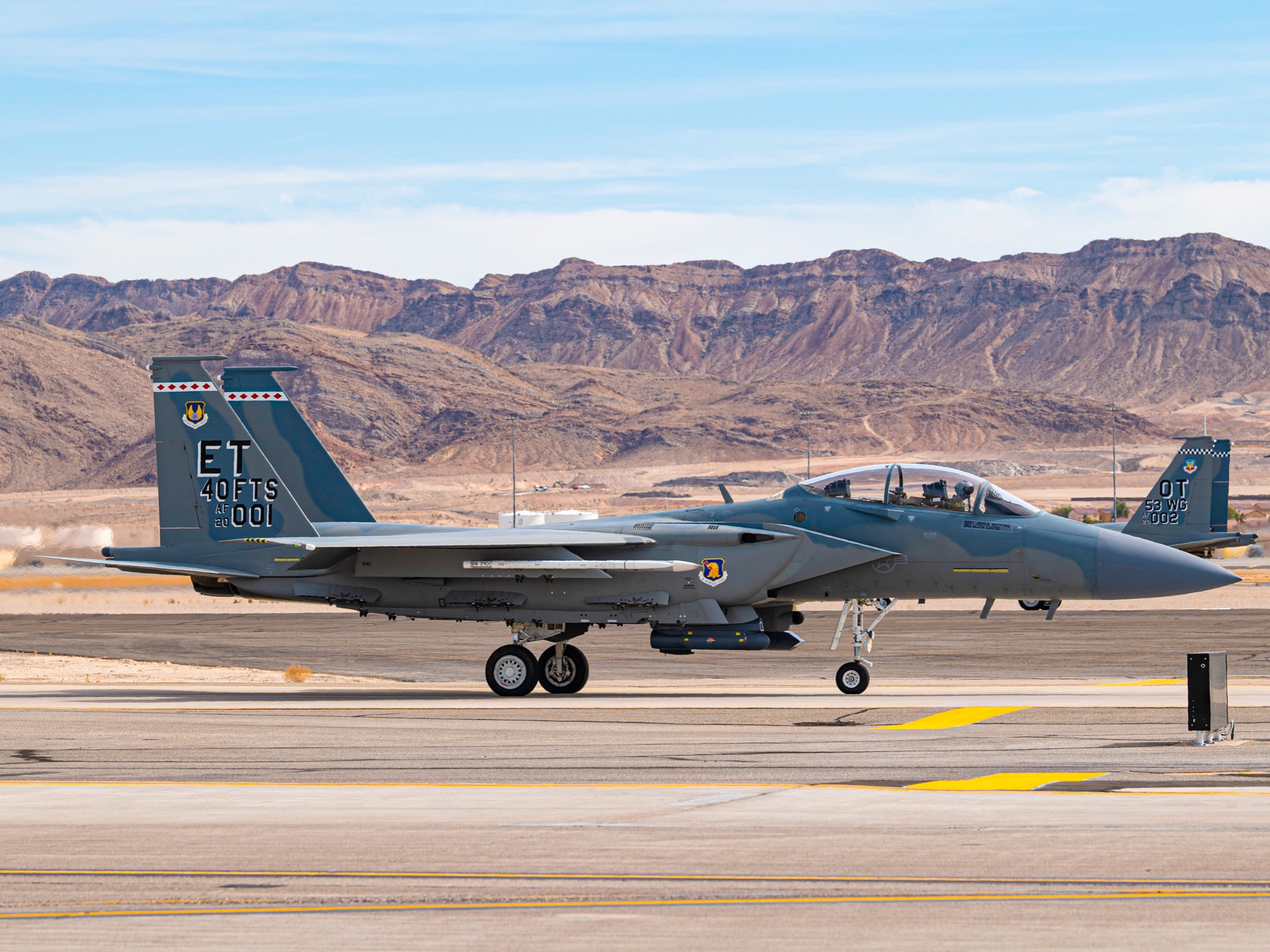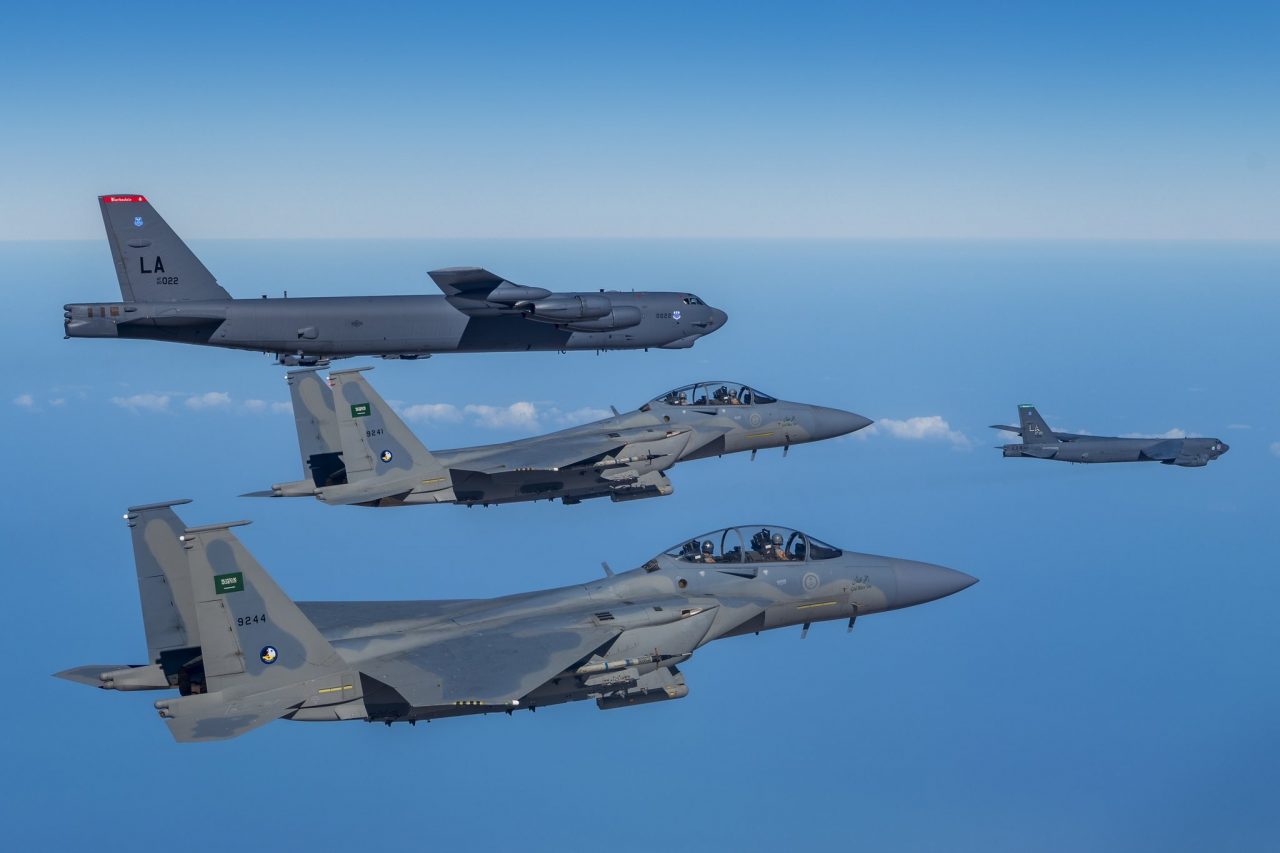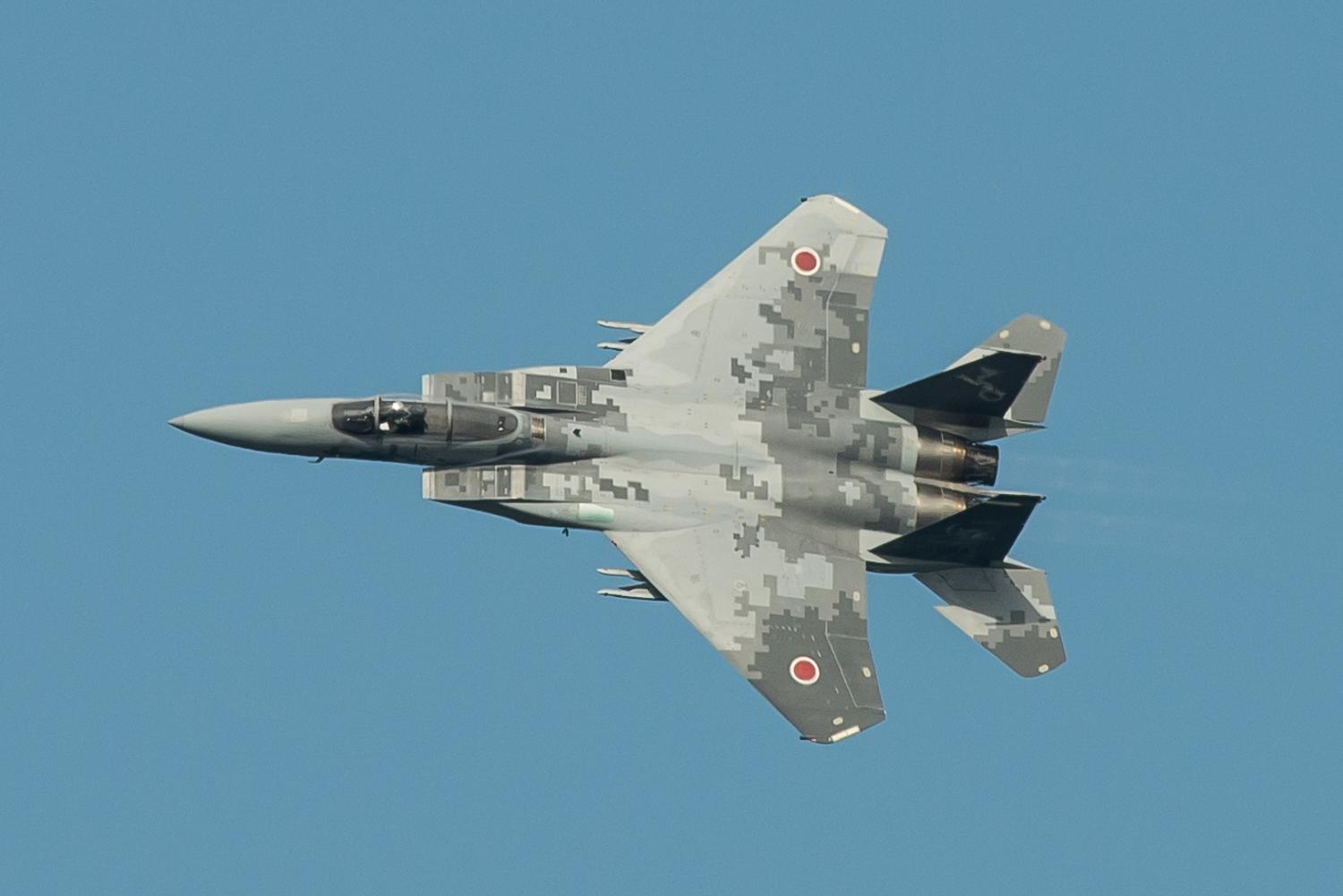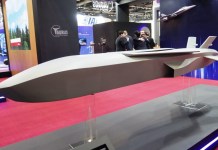An unprecedented event unfolded in Illinois, the US, that led to people sending desperate messages and frantically calling the emergency helpline number 911. Some assumed it to be a blast; some thought that it would be an accident or a crash.
However, it turned out to be a ‘sonic boom’ triggered by American fighter F-15EX. An F-15EX ‘Strike Eagle’ breached the sound barrier while in flight on the morning of December 21, Illinois Emergency Management Agency (IEMA) was quoted as saying by Newsweek.
The resulting pressure wave produced extremely high-decibel noise and tremors that seemed to come out of nowhere at first. According to IEMA, “this sparked an immediate collaboration between Federal, State, and Local agencies to assess the impact and source of the incident.”
? @wics_abc20 @foxillinois @wandtvnews Can now confirm what that loud boom heard all across Central Illinois was. It was a sonic boom. Here’s the flight data and log. Also registered as seismic activity near Decatur
Flight https://t.co/JTMDbrhed7 Seismic https://t.co/0O1n0OmtK2 pic.twitter.com/0Kz6CXtMpZ— Wolf of My Street? (@Ryan__Rigg) December 21, 2021
Residents across several counties in central Illinois reported “a large noise and shaking” around 11.20 am CST. According to KODE 12 TV channel, the breaching of the sound barrier could also be heard in Branson, Missouri but it was not as loud as it was in Kansas.
The sound and tremors felt were not like anything experienced before, according to many locals who shared their experiences. The residents reportedly climbed on their roofs expecting a blast and smoke, however, there was nothing to be seen.

Just last week, another sonic boom had shaken Oregon. A military spokesman had at the time claimed that three strong sonic booms had rattled buildings and people along the central Oregon coast last week.
It was reportedly caused by a mistake made by an Oregon Air National Guard pilot during military training operations. These tremors were also caused by the F-15 Eagles and invoked similar responses among people. Sonic booms are produced by supersonic jets.
This is the reason behind widespread apprehension behind and opposition to commercial aircraft going supersonic. A report published in 2019 had warned that sonic booms would be heard in parts of America and Western Europe every five minutes if the supersonic jets were to be commercialized.
Earlier this year, US space agency NASA was reported to be creating an experimental plane that could travel at nearly double the speed of a commercial jet while remaining silent. The aircraft’s sound was envisioned as a faint sonic thump or maybe no sound at all, as reported by India Today in July.

NASA had reportedly released the first air-to-air photographs of the interaction of shockwaves from two supersonic planes flying in formation in a test; these shockwaves are often heard as a sonic boom on the ground.
For the test, two T-38 aircraft from the US Air Force Test Pilot School flew 30 feet apart at speeds higher than the speed of sound, allowing engineers to better understand how shocks interact with aircraft plumes and with each other.
NASA has since been working on the ‘X-Plane’ with an objective to diminish or remove the super boom.
Currently under assembly, @NASA’s X-59 Quiet SuperSonic Technology X-plane will fly at a cruise speed roughly double that of a commercial jet while keeping aircraft noise down when the plane flies overhead at supersonic speeds. https://t.co/hkP8FDWeMB #AviationHistoryMonth pic.twitter.com/zXlYCTtsFt
— Kathy Lueders (@KathyLueders) November 19, 2020
There have been several calls to make commercial planes supersonic as they would dramatically reduce the travel time between destinations. However, very few such projects have worked due to the sonic boom that supersonic planes produce.
What Is ‘Sonic Boom’?
A sonic boom is a loud, abrupt sound like thunder. A plane moving faster than the speed of or sound — a supersonic plane — flying at around 750 miles per hour at sea level — causes a sonic boom.
Air-pressure waves, similar to those produced by a ship’s bow, are continuously produced by an airplane as it travels through the atmosphere. These pressure waves merge when the aircraft reaches the speed of sound, forming shock waves that propagate forward from the place of generation or “release”.
When an aircraft flies at supersonic speeds, shock waves are constantly generated, resulting in a sonic boom throughout its flight path, much like when someone drops objects from a moving car.
Lots of reports of a large sonic boom across western and central Illinois this morning.
I believe the culprit is this F-15 fighter jet which reached 1,140mph at an altitude of 44,700 feet.
Quite the loud boom from what I hear. #AVgeek #ILwx pic.twitter.com/8LINzFgCXD— Nick Stewart (@NStewCBS2) December 21, 2021
From the perspective of the aircraft, the boom appears to be swept backward as it travels away from the aircraft. However, if the plane were to make a sharp turn or suddenly pull up, the boom will hit the ground in front of the aircraft.

The “sonic boom” heard on the ground is the abrupt onset and release of pressure after the shock wave or “peak overpressure” has built up. The pressure change induced by a sonic boom is only a few pounds per square foot, which is similar to the pressure change we feel on an elevator when it descends two or three stories in a considerably shorter time.
This is what causes a thunder-like sound and earthquake-like tremors that have been felt by several people on several occasions when sound barriers were breached by supersonic aircraft.
Since most fighter jets in modern air forces are now supersonic, these events have become a common occurrence. However, there are protocols in place so that no damage to life or property is caused. If not checked, it can snowball into an accident.
- Contact the author at sakshi.tiwari9555@gmail.com
- Follow EurAsian Times on Google News




